Camellia Fertilizer Info: When And How To Fertilize Camellias
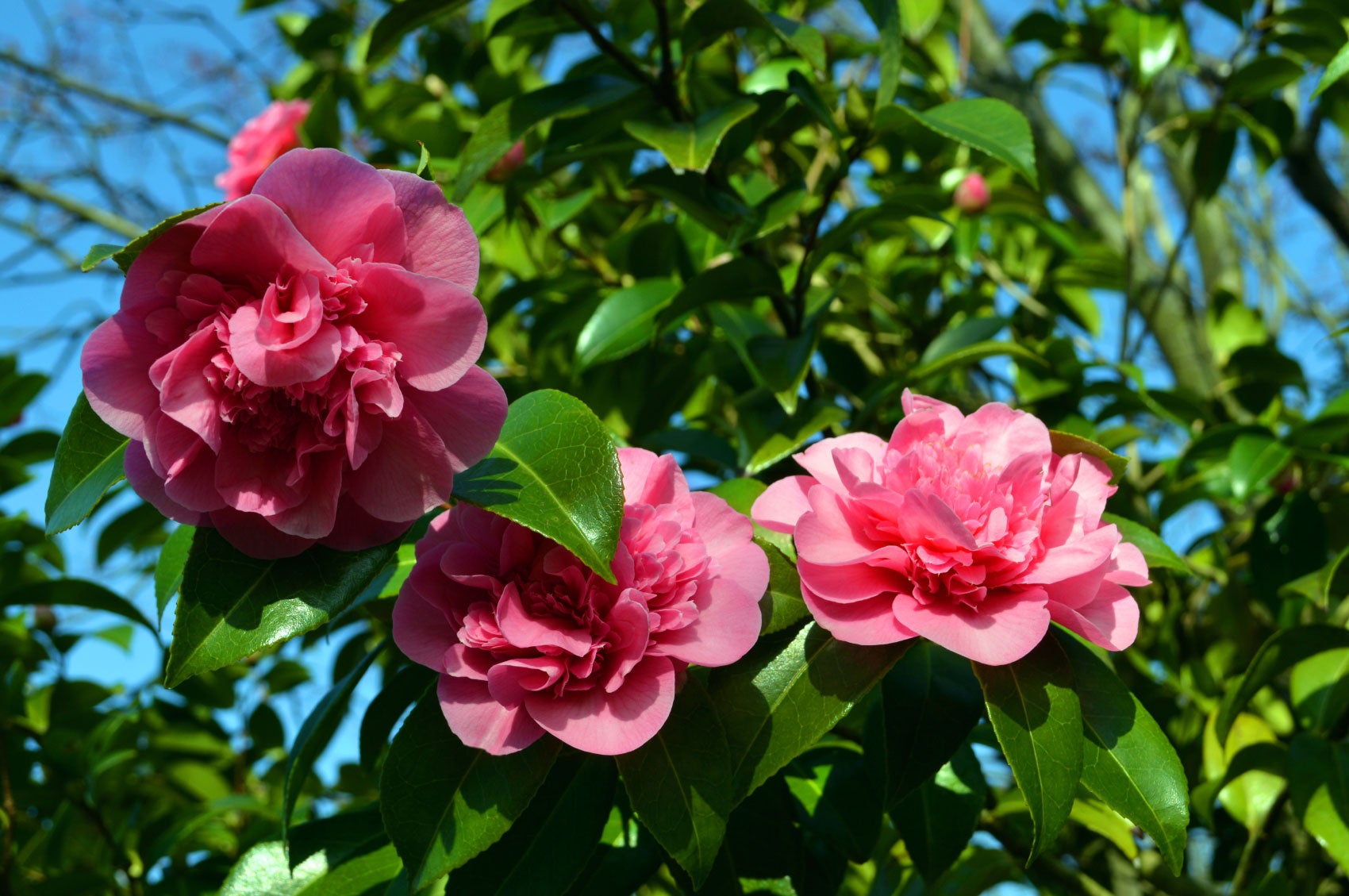

Giving your camellia the right amount of fertilizer at the proper time makes the difference between a shrub that thrives and one that merely survives. Follow the camellia fertilizer tips and information in this article to grow the best camellias on the block.
When to Fertilize Camellias
The best time to fertilize camellias is in the spring after the flowers fade. Before fertilizing camellia plants, pick off all the faded flowers from the shrub and clean up fallen flowers from the ground around the shrub. This keeps the bush looking neat and prevents the formation of seeds.
Seed formation drains energy from the plant and limits growth. Removing the flowers also helps control blight, which is a serious problem for camellias.
You can fertilize camellias again in midsummer. Fertilizing results in a flush of new growth that is sensitive to cold temperatures, so fertilize at least two months before the first fall frost to give the new growth time to harden. Otherwise, tender new twigs and branch tips may suffer frost damage.
How to Fertilize Camellias
Pull back the mulch before fertilizing camellia plants to help prevent runoff. Camellias don't need much fertilizer, and too much nitrogen can burn the leaves and cause them to drop off. Spread 1/2 to 1 pound (227 g.) of 8-8-8 or 10-10-10 slow release fertilizer over the root zone. S
cratch the fertilizer into the top inch (2.5 cm.) or so of soil with a garden rake and then replace the mulch. Water deeply to help the fertilizer work its way into the soil. You can also use special fertilizers formulated specifically for azalea and camellia feeding, but only on well established landscape plants and never on container plants.
Camellias like a soil pH between 4.5 and 6.5, and azalea and camellia fertilizer acidifies the soil as it feeds the plant. Different brands of these special fertilizers vary in the percentage of nutrients, so read the label and follow the instructions for the brand you choose.
Gardening tips, videos, info and more delivered right to your inbox!
Sign up for the Gardening Know How newsletter today and receive a free copy of our e-book "How to Grow Delicious Tomatoes".
Pale, yellow leaves that drop from the plant are symptoms of insufficient fertilizer, as well as soil with a pH too high. Check the pH of the soil before assuming that your camellias need more fertilizer.

Jackie Carroll has written over 500 articles for Gardening Know How on a wide range of topics.
-
 Looking For Plants To Give You The Soft And Fuzzies? Try These 5 Fuzzy Leaf Plant Options
Looking For Plants To Give You The Soft And Fuzzies? Try These 5 Fuzzy Leaf Plant OptionsLovers of texture, drama, silver foliage and tactile plants will adore these special sensory garden additions. These fuzzy leaf plant options will leave you all aglow
By Susan Albert
-
 Get Ready For A Summer Of Hummers! Grow These Full Sun Hummingbird Plants and Flowers
Get Ready For A Summer Of Hummers! Grow These Full Sun Hummingbird Plants and FlowersIf you’re lucky enough to enjoy a sunny backyard, make sure you are maxing out on your pollinator opportunities and grow these full sun hummingbird plants and flowers
By Tonya Barnett
-
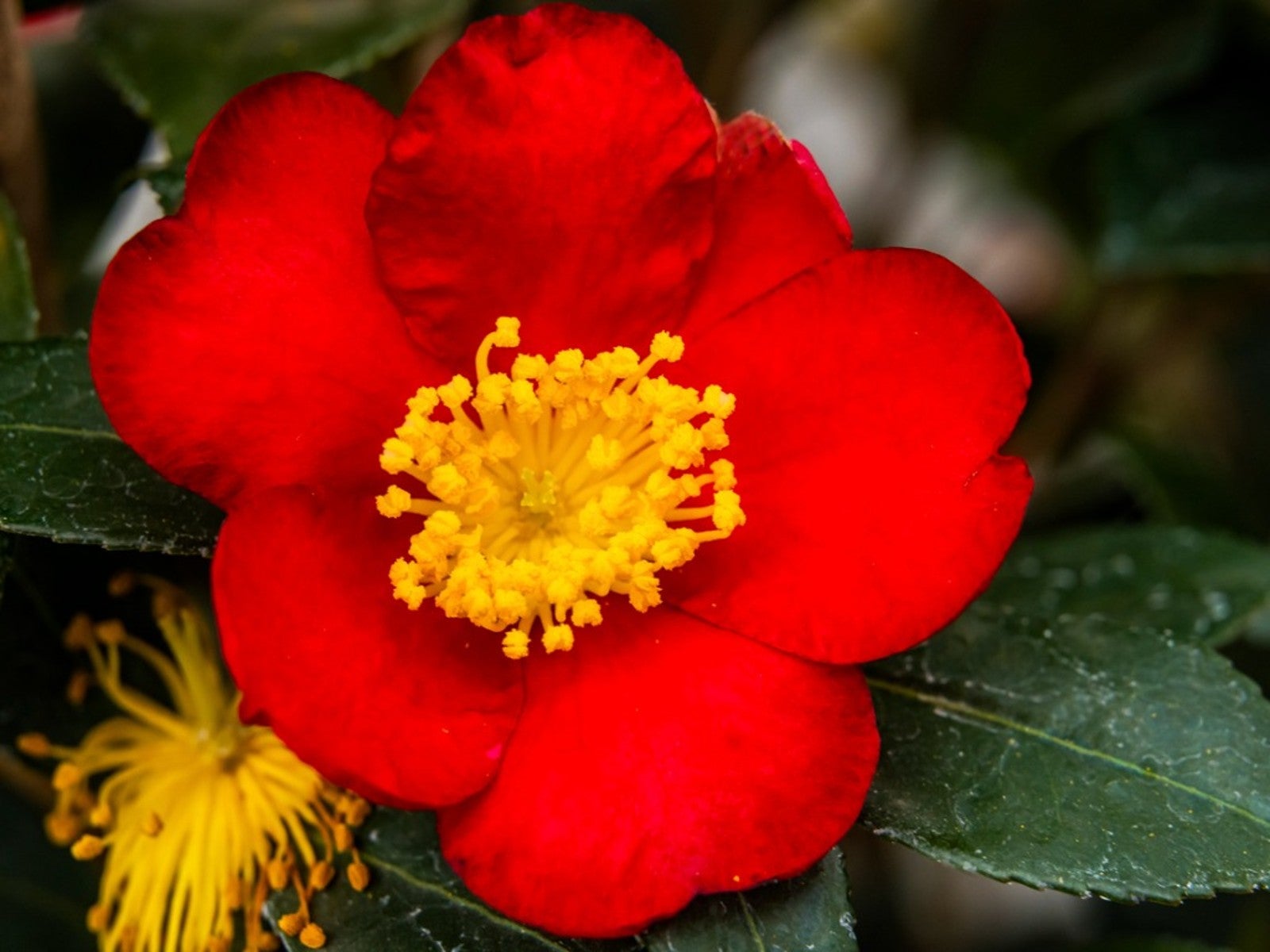 Yuletide Camellia: How To Grow And Care For Yuletide Camellias
Yuletide Camellia: How To Grow And Care For Yuletide CamelliasLearning more about the Yuletide camellia's care can help you decide whether or not this shrub is a good choice for your home landscape.
By Tonya Barnett
-
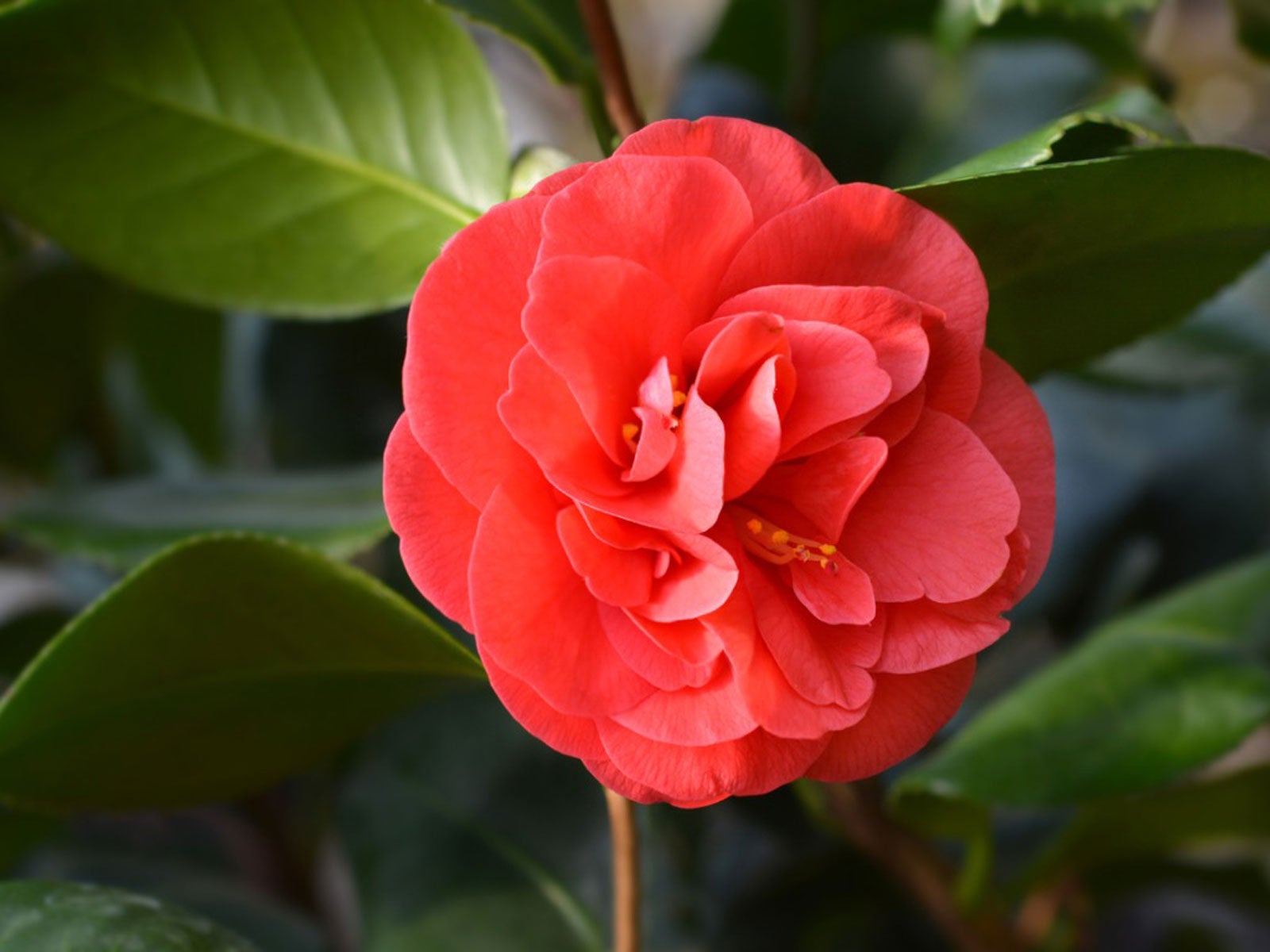 Indoor Camellia Care – How To Grow A Camellia Houseplant
Indoor Camellia Care – How To Grow A Camellia HouseplantCamellias are normally grown outdoors, but you can grow camellias indoors if you give them proper conditions. Learn more here.
By Raffaele Di Lallo
-
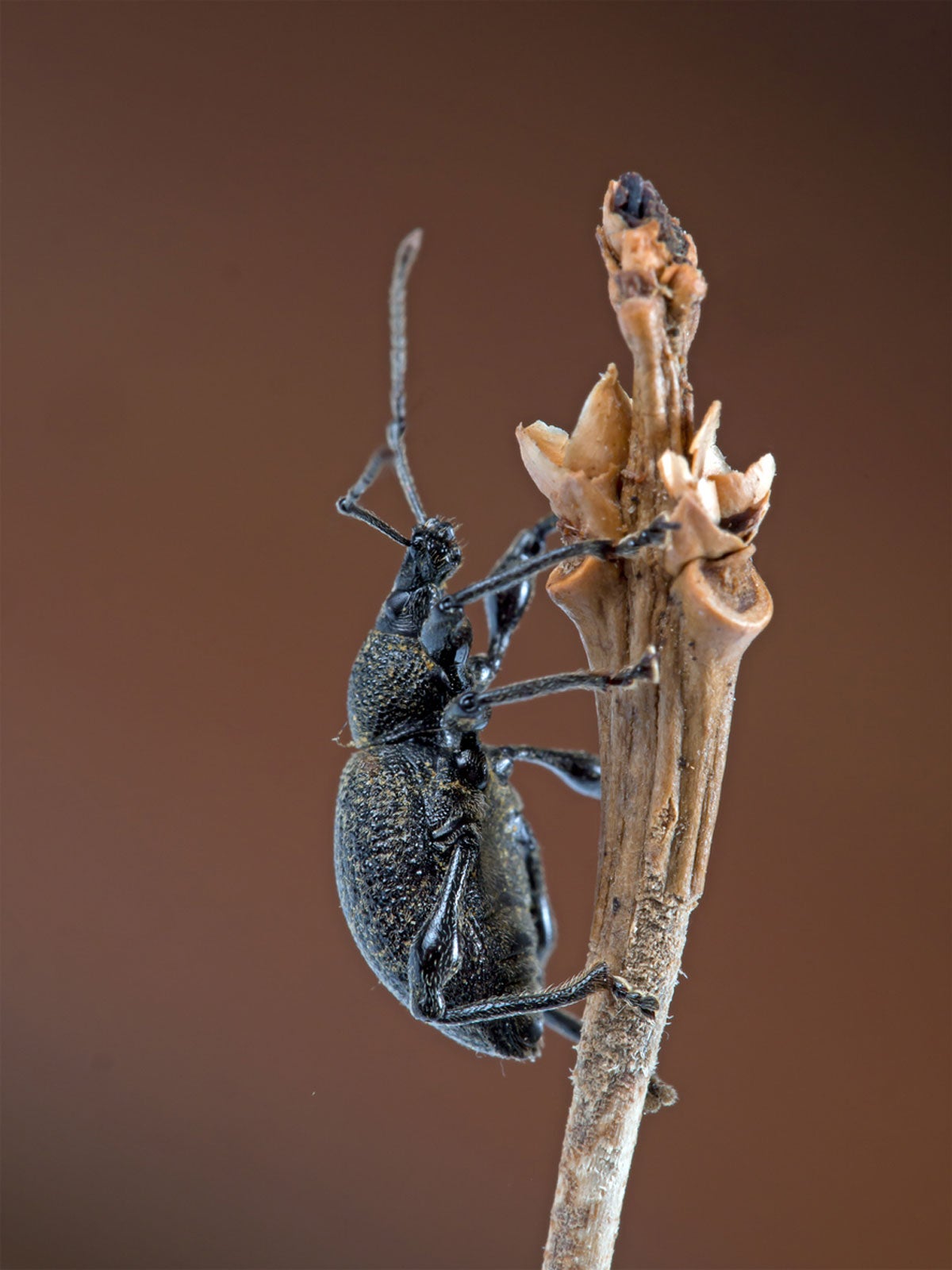 Holes In Camellia Leaves: Controlling Camellia Weevils And Beetles
Holes In Camellia Leaves: Controlling Camellia Weevils And BeetlesCamellias have gorgeous blooms but their beauty can be significantly marred by holes in camellia leaves. If your camellia plant has holes, it is most likely the result of the camellia vine weevil or cranberry rootworm beetle. Learn how to combat them here.
By Amy Grant
-
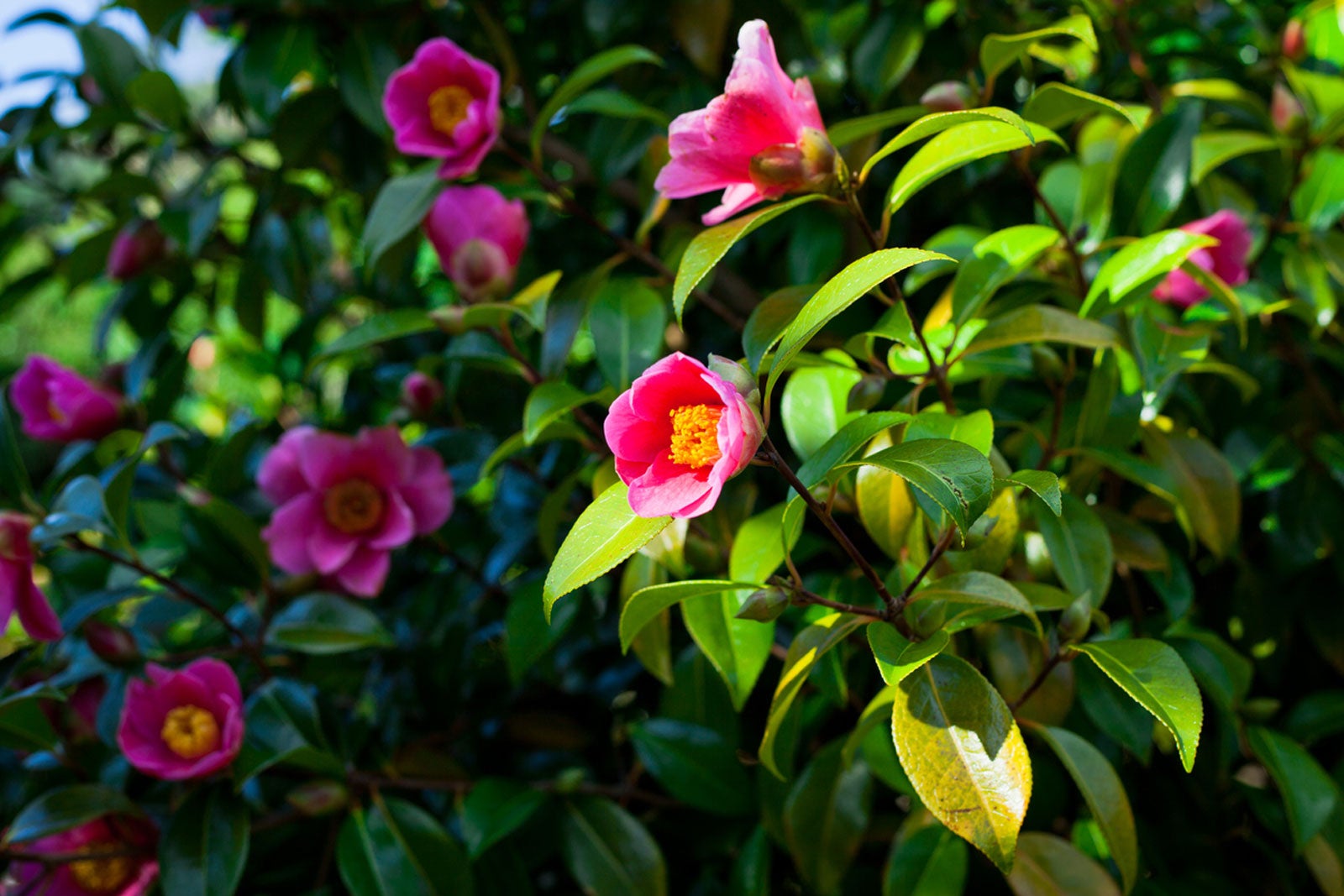 Camellia Companion Plants - What To Plant With Camellias
Camellia Companion Plants - What To Plant With CamelliasIf you’re wondering about suitable companions for camellias, keep in mind that while color and form are important, so too are growing habits. Many plants play nice with camellias, but others just aren’t compatible. Click here for tips on planting with camellias.
By Mary H. Dyer
-
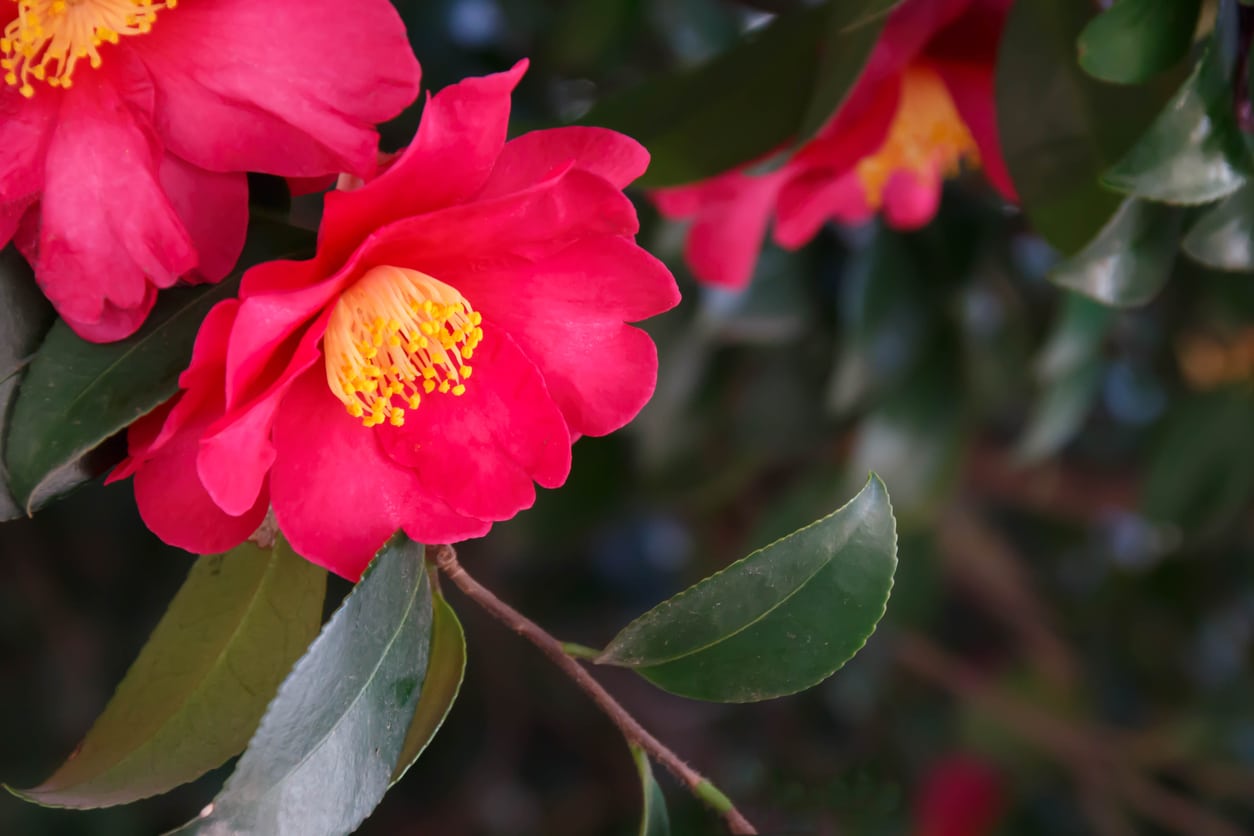 My Camellias Won't Bloom – Tips For Making Camellias Flower
My Camellias Won't Bloom – Tips For Making Camellias FlowerAlthough camellias are generally reliable bloomers, they can be stubborn at times. It?s frustrating, but sometimes, even healthy camellias won?t bloom. If you?re wondering how to make non-flowering camellia plants bloom, click here for more information.
By Mary H. Dyer
-
 Camellia Transplanting: Learn How To Transplant A Camellia Bush
Camellia Transplanting: Learn How To Transplant A Camellia BushIf your camellias outgrow their planting sites, you'll want to start thinking about transplanting camellias. Click here for information about camellia transplanting, including tips on how to transplant a camellia and when to move a camellia bush.
By Teo Spengler
-
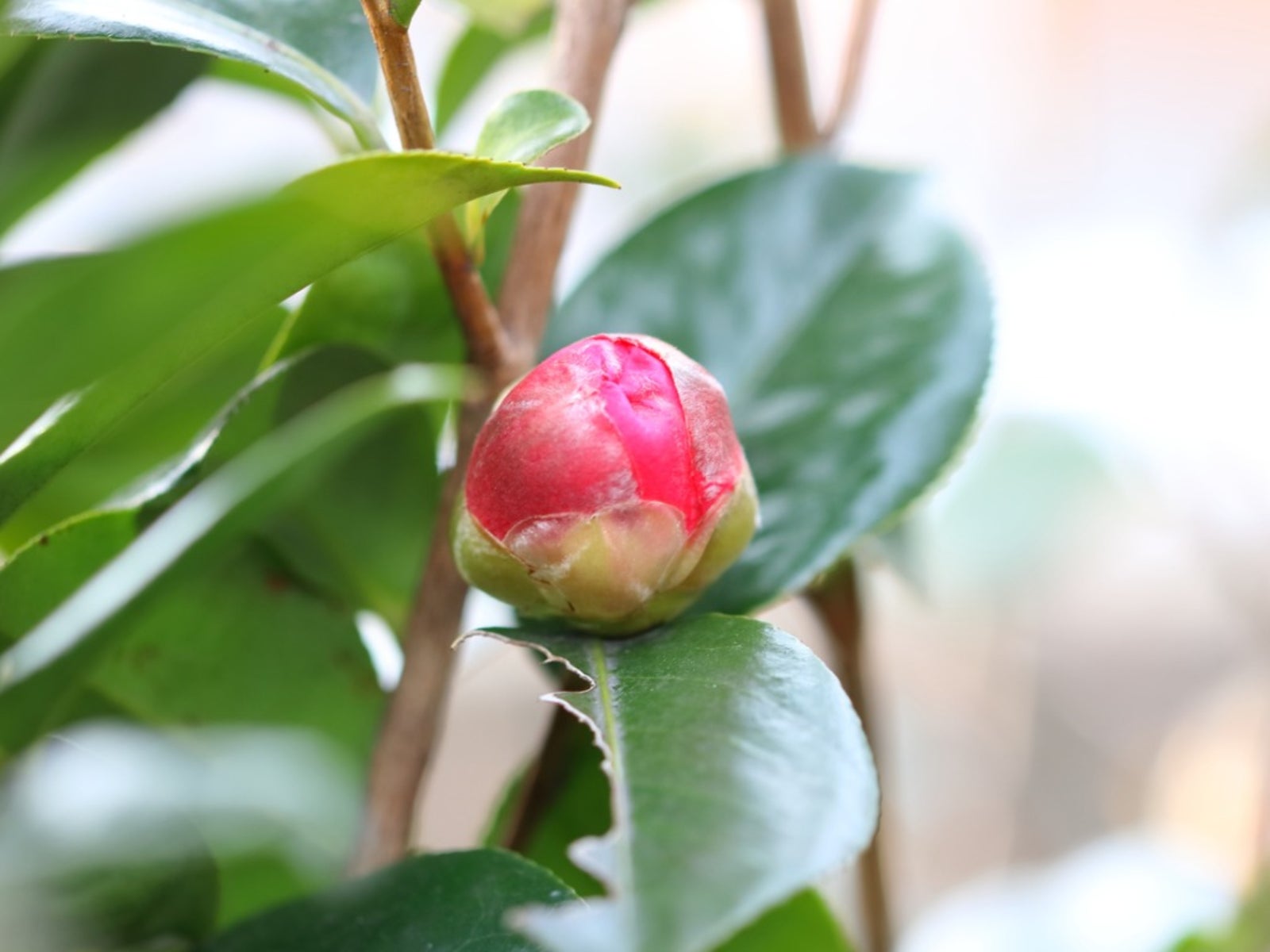 Tips On Treating Bud Mites On Camellias
Tips On Treating Bud Mites On CamelliasToday's camellias are easy-to-grow evergreen plants, as tough and rugged as they are beautiful. But that doesn't mean that camellia lovers shouldn't prepare for insect pests, like camellia bud mites. Click here for information about mites on camellia plants.
By Teo Spengler
-
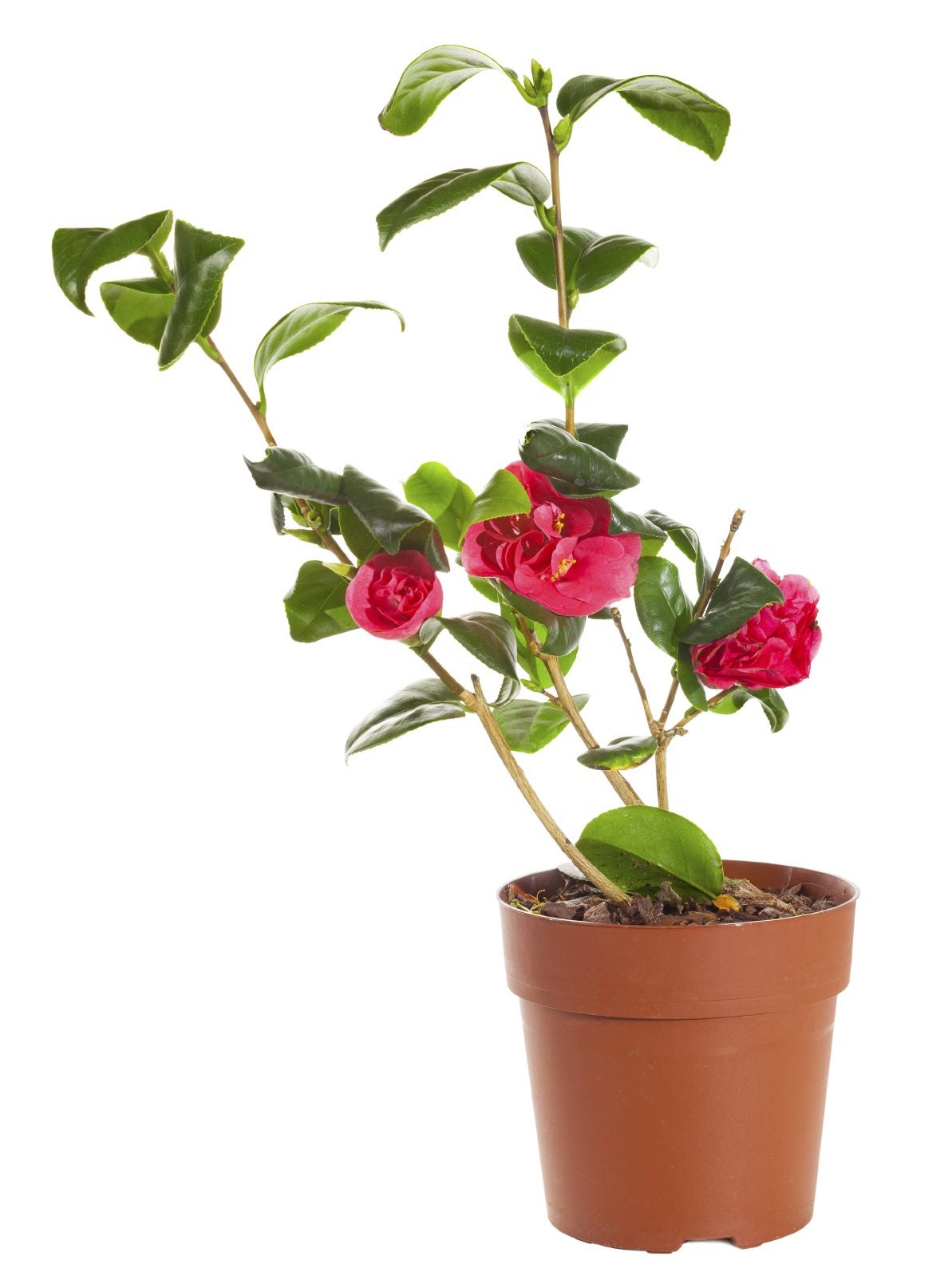 Camellia Container Care: How To Grow A Camellia In A Pot
Camellia Container Care: How To Grow A Camellia In A PotAlthough camellias can be somewhat picky about their growing conditions, container grown camellias are definitely possible. Learn how to grow a camellia in a pot using the information in the following article. Click here for more info.
By Mary H. Dyer